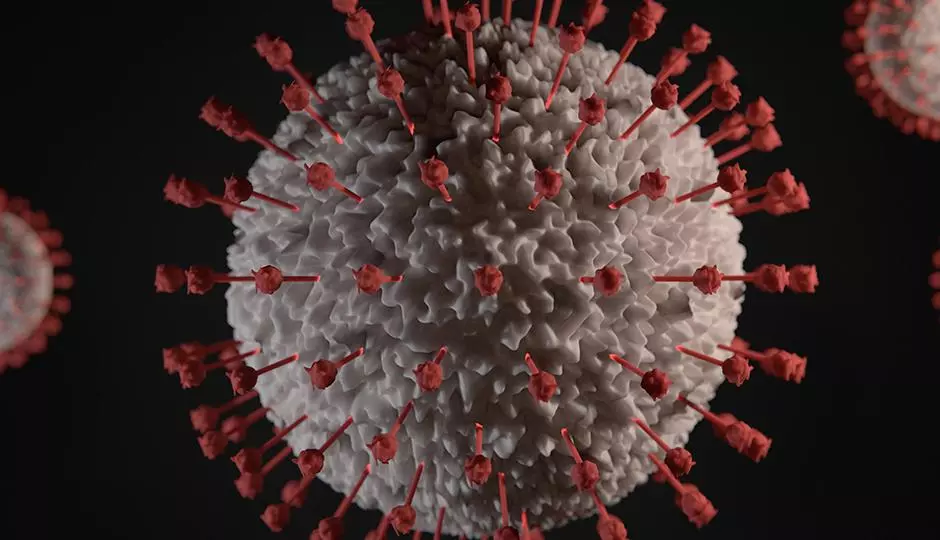Before consultations, I ask new patients to fill out a detailed questionnaire which allows for providing information I need to determine the etiology of their hair loss. In general, during the consultation, I am looking to assess the pattern and course of hair loss as well as any associated symptoms.
The information each patient provides helps me cross out or consider different factors in determining etiology so I can recommend the best course of treatment specific to each patient.
Below are examples of questions I ask and why. There are important factors taken into consideration to determine the etiology or cause of hair loss.
1) What is the duration of hair loss?
Knowing the duration and progression of hair loss is useful in differentiating between congenital and acquired disorders. It is also important to distinguish between acute, chronic and transient disorders. For example, I recently had a consultation with a female in her 70 years, who stated that her hair loss began two years ago. This information does not fit with a natural history of FPHL, and thus FPHL can be ruled out.
2) What is the location and pattern of hair loss?
Since genetic hair loss is the most common etiology or cause, and since genetic male and female hair loss will typically follow a defined progression, I first look to see if the pattern of hair loss fits into these categories. Is the hair loss patterned, as in most genetic causes? Or is it focal or diffuse? It is also important to know whether there is hair loss in other hair-bearing areas.
3) What is the extent of hair loss?
Most people can lose about 50% of their hair before the public notices. Of course, the individual will know that their hair is getting thin long before the public will. If the patient shampoos regularly and is losing a great deal more than 100-150 hairs per day, then there may be excess shedding going on.
4) Are there other associated symptoms?
I always like to know if there is any associated itching, burning, tenderness or pain associated with the hair loss. These symptoms may help support a diagnosis of hair loss caused by something beyond the normal androgenetic alopecia.
5) Is the hair follicle shedding or breaking?
By examining the hair follicle, it can be determined whether the hair has a bulb or is broken off in the shaft. This can help lead to an investigation of etiologies that cause the hair to be brittle versus etiologies that cause and increase in shedding.
6) Are there any particular hair care practices that may influence the hair loss?
Some hair care practices directly cause hair breakage or hair loss due to traction alopecia. This is because the hair shaft can be damaged and therefore break or the follicle can be under continuous traction from tight braids or ponytails that can lead to the traction alopecia.
These questions hopefully give you an idea of the discussion that takes place during a new patient one-on-one consultation. If you are suffering from hair loss, it is crucial to come in sooner than later for a consultation to determine the best course of treatment and preserve as much hair as possible and hopefully reverse the process.






